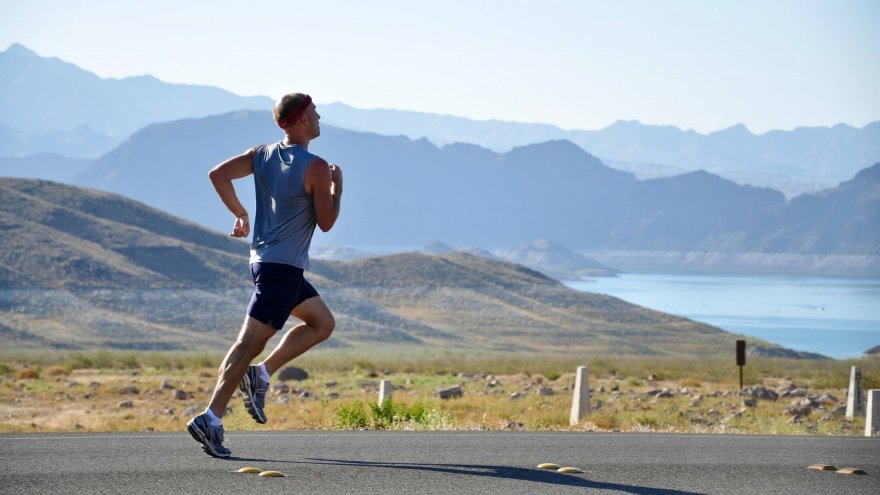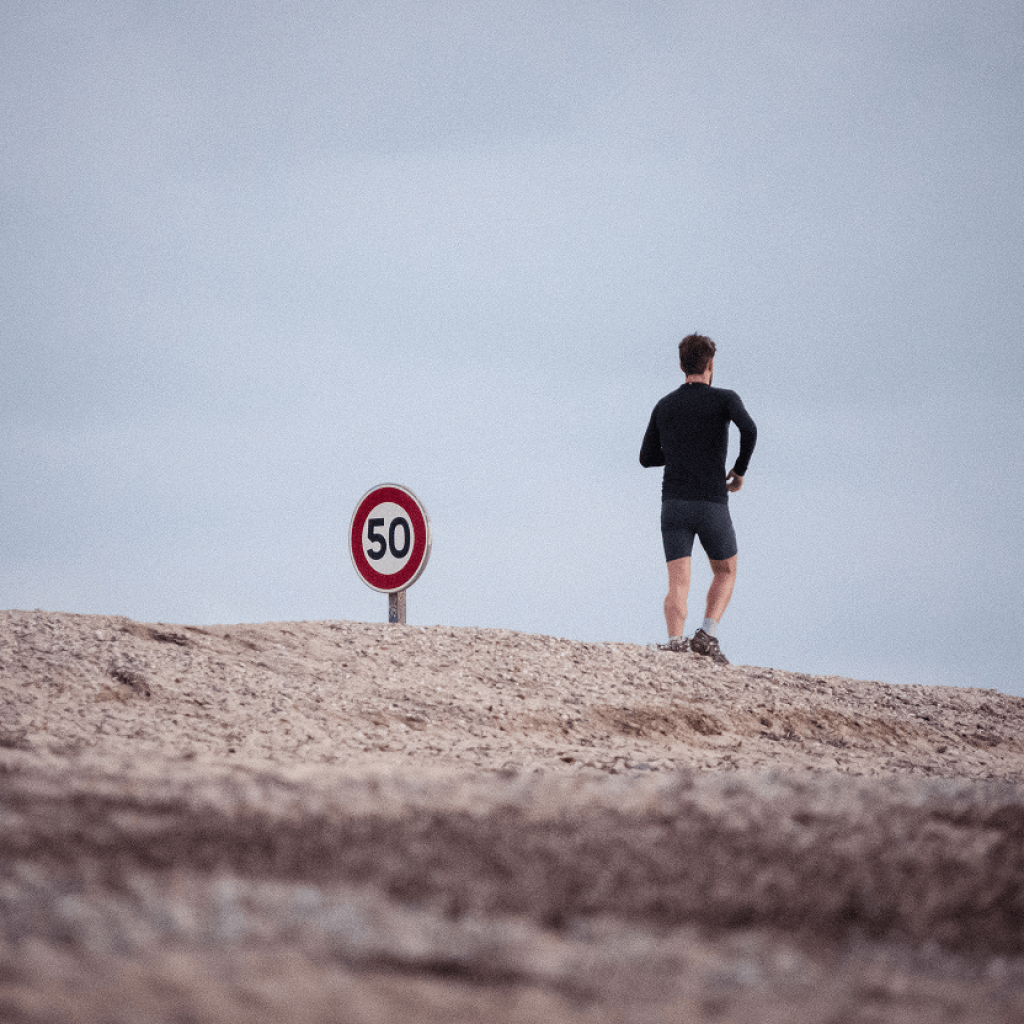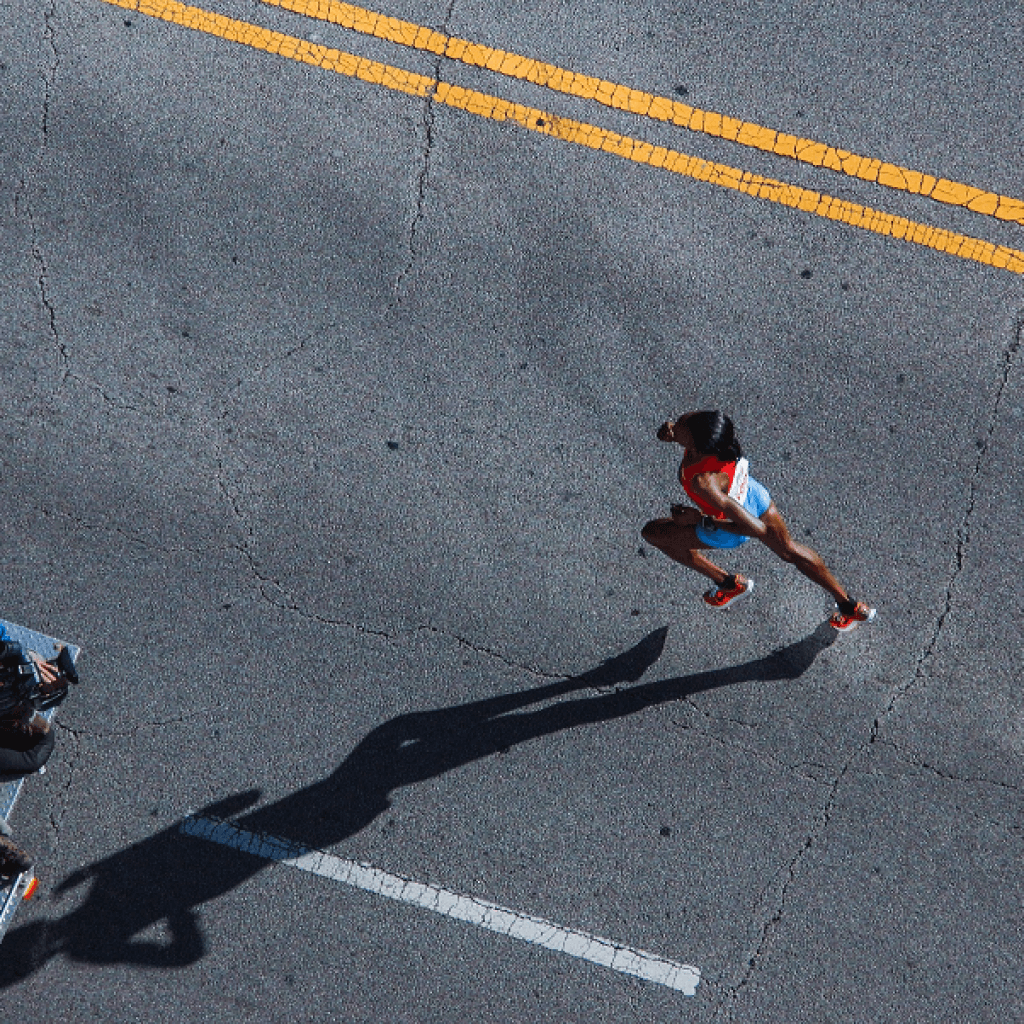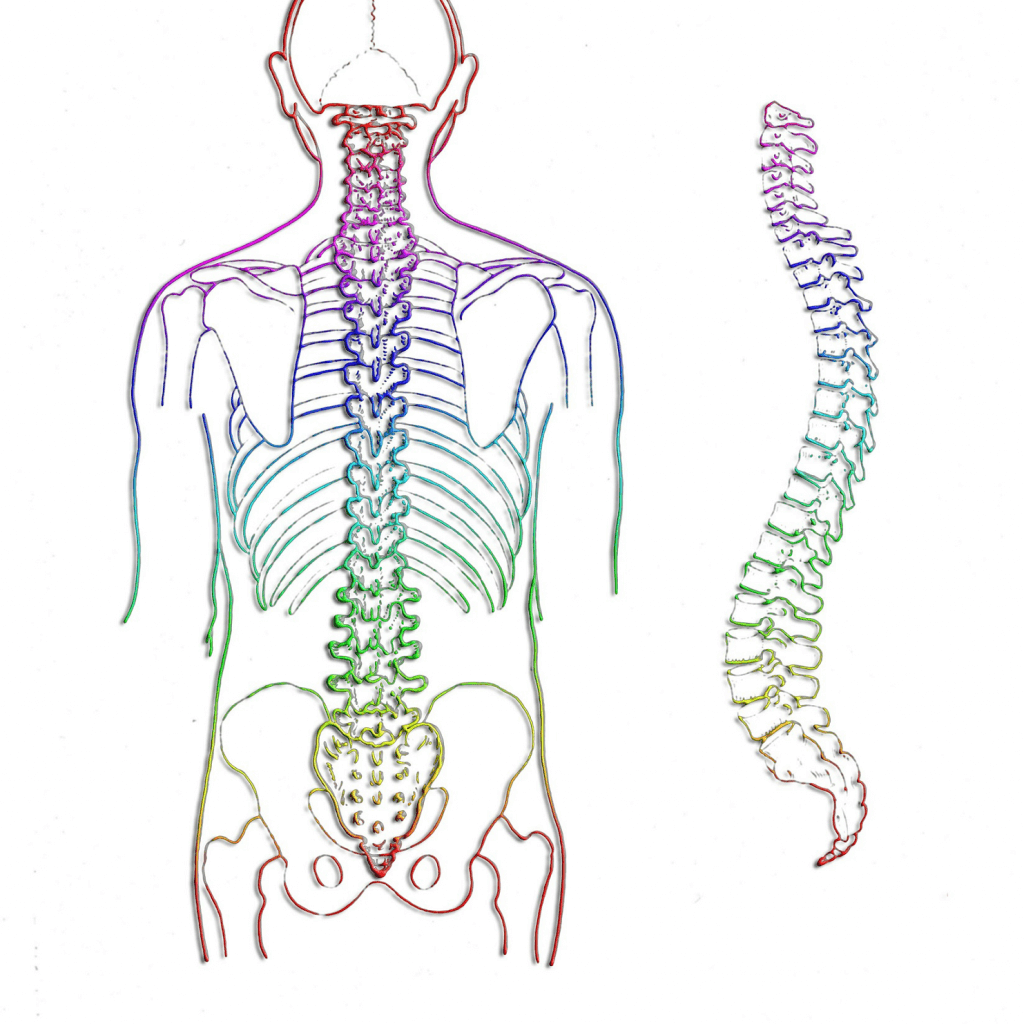Good Posture: Why It’s Important in Running and How to Get One

Have you ever stared at a race or parkrun photo in disbelief, appalled by your poor running posture? Do you find it hard to believe that your shoulders can be that slumped and that your hips can be that sagged?
Don’t worry. You’re not alone. Thousands upon thousands of runners battle not only with poor running posture, but also with the negative effects thereof.

How Poor Posture Negatively Impacts on Your Running Ability and Performance
So how exactly does slouchy running impact on your performance? Well, poor running posture, which basically boils down to a lack of good control over the position of your spine and hips, translates to not being able to take advantage of the storage and release of elastic energy in the body. Which, in turn, translates to a poor running efficiency. Secondly, poor running posture is a major contributor to injuries in the hips, legs and feet. And did you know that poor posture is also the biggest cause of lower back pain in runners?
But how does poor posture contribute to all of this? Basically by causing you to do the following:
- Shift your center of gravity backwards
- Land with your feet too far in front of your body
- Overstride
- Weaken your ability to activate your stabilizing muscles
It’s therefore clear that an improved running (and overall) posture will not only improve your running efficiency, but also save you a ton of potential misery.
What Is the Ideal Running Posture?
So what exactly is the ideal running posture? Jean-François Harvey, athlete, kinesiologist, osteopath and former coach, defines good posture as having a body position that is both spatially centered and gravitationally balanced. Which, according to Harvey, can be relatively easily achieved through the control of the postural muscles. And how does this translate to running posture? Well, according to the principles of posturology (yes, there is such a thing!), we should aim to run “tall” while leaning slightly forward.

How to Address Poor Posture and Achieve a Better Running Posture
Fortunately, according to Harvey, there’s no need to rectify your poor posture overnight. Instead, gradually work your way to an improved posture over time. And remember that there’s no such thing as a one-size-fits-all perfect posture. Every athlete’s body is different and unique and trying to fit into a cookie cutter form will just cause unnecessary stress.
So does that give you the green light to slouch away? Definitely not. There’s always room for improvement. And your hard work will almost certainly be rewarded with an improved running efficiency, plus a positive trickle-down effect into your life outside of running too.
Postural exercises that focus on strengthening the deep spinal muscles, as well as muscle groups such as the glutes, calves and quads, will encourage improved lengthening of the spinal column and better control of the hips. In short, it will help you hold the body up against the force of gravity. And while it is ideal and highly recommended that you enlist the help of a suitably qualified professional to help you sort out your postural problems, we’ll touch on three important postural elements below.

1. Hip Extension
One thing that is vital to having a good running posture, is the ability to keep your spine in a neutral position, while having the mobility to swing your legs forwards and backwards. In many runners, this is prevented by tightness of the hip flexors, or the muscles to the front of your pelvis. Tight hip flexors tend to pull your spine into an arch, thereby placing your hips in a flexed position while running. This prevents you from properly swinging your leg behind your body during push-off, which translates to less running efficiency and more strain on the lower back.
A kneeling hip flexor stretch (which is described in detail here) can assist with opening up tight hip flexors.
2. Powerful Gluteus Maximus
As a runner, you also want the ability to extend your hip behind you while keeping your spine stable on the run. And for this you need to generate enough power through the gluteus maximus muscles to get your hip behind you during push-off.
Good old balanced donkey kicks (i.e. donkey kicks with a dowel balanced on your spine) are an excellent way to practice keeping your core neutral while isolating the gluteal muscles to extend your hip. You can find notes on doing the perfect balanced donkey kick here.
3. A Neutral Spine
One final (not so) secret weapon that will help you work towards and maintain a better running posture, is the ability to keep your spine neutral while running and going about your day-to-day business. And for this there’s no special exercises or stretches. You simply have to learn to find your neutral spine and get into the habit of checking in on this throughout the day.

In Closing
So instead of hiding away that dreadful race photo, use it as an indication of where your running posture needs improvement. Make a start and slowly, with professional help, if needed, work your way to slouch-free running. And, before you know it, better posture will become second nature and that hideous photo will simply be a reminder of how far you’ve come.
Sources
- , P is for Posture, Online publication
- , Everything you should know about the ideal running posture, Online publication
Latest Articles
 Is Running on a Treadmill Easier Than Running Outside?Runners have their own preferences, whether it is treadmill running, running outside on the road, or exploring trails. So...
Is Running on a Treadmill Easier Than Running Outside?Runners have their own preferences, whether it is treadmill running, running outside on the road, or exploring trails. So... Is It OK to Use Trail Running Shoes on the Road?While trail running shoes can be used on roads, especially in situations where a runner encounters mixed terrains or pref...
Is It OK to Use Trail Running Shoes on the Road?While trail running shoes can be used on roads, especially in situations where a runner encounters mixed terrains or pref... How to Fix Sore Quads After Running?Rest, ice, gentle stretching, and over-the-counter pain relievers can help soothe sore quads after running. Also, ensure ...
How to Fix Sore Quads After Running?Rest, ice, gentle stretching, and over-the-counter pain relievers can help soothe sore quads after running. Also, ensure ... 10 Fruits With The Most Electrolytes to Replace Sports DrinksThese fruits are high in electrolytes such as potassium, magnesium, and calcium, essential for hydration, muscle function...
10 Fruits With The Most Electrolytes to Replace Sports DrinksThese fruits are high in electrolytes such as potassium, magnesium, and calcium, essential for hydration, muscle function...

